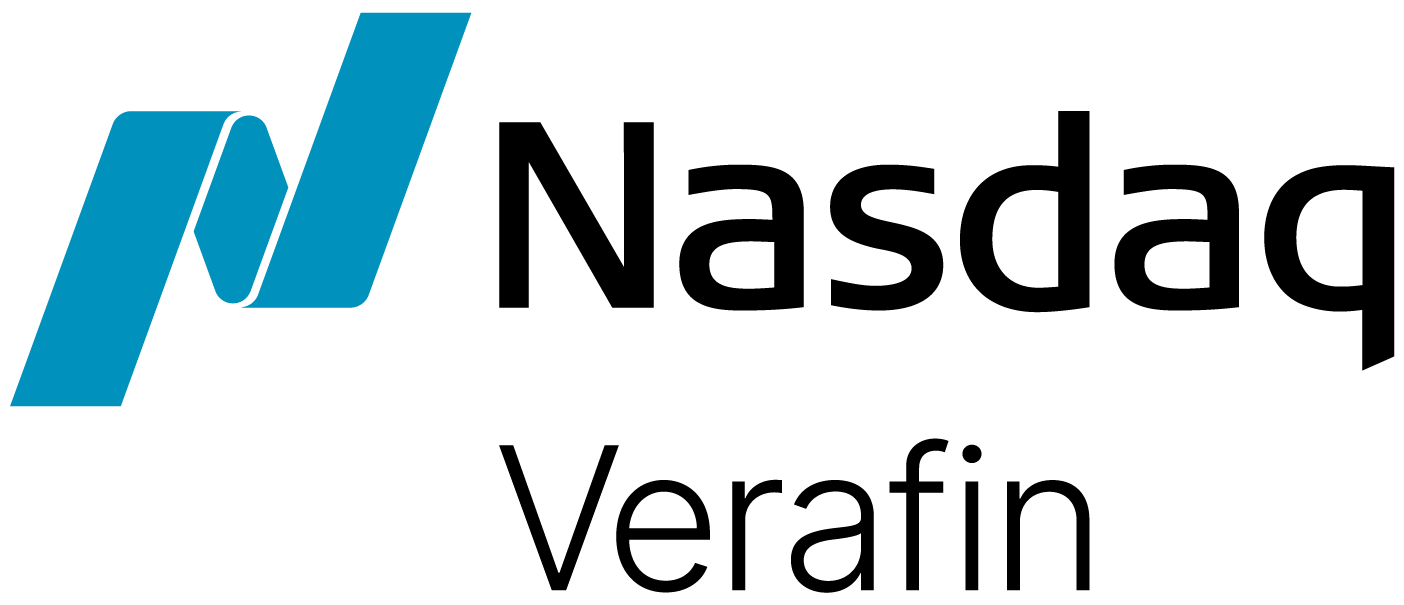 The third instalment in Jim Richards’ Renewing the BSA Series.
The third instalment in Jim Richards’ Renewing the BSA Series.
Many professionals are touting the Anti-Money Laundering Act of 2020 (AMLA) as the biggest change to American efforts to fight crime and corruption since the USA PATRIOT Act of 2001 — and they’re right.
For decades, the current U.S. Anti-Money Laundering/Combating the Financing of Terrorism (AML/CFT) regime has remained domestic-focused, regulator-versus-regulated, and compliance inputs-based. The AMLA shifts this regulatory environment toward an international, collaborative public/private sector, threat-focused, outputs-driven regime. Accordingly, this evolution includes a focus on industry collaboration, with the Act introducing several important changes designed to fortify information and resource sharing.
“Coordination is essential to identifying those who abuse our financial system.”
– Joint Explanatory Statement of the Committee of Conference
In this article I explore how the AMLA empowers financial institutions to share information and discuss the importance of related provisions to the current BSA/AML regime and our industry.
Information Sharing: Central to the AMLA, BSA
For years, FinCEN has emphasized the importance of collaboration within the financial industry to more effectively fight financial crime. Under the AMLA, the U.S. Congress has taken decisive action to strengthen this vital approach by prioritizing coordination and information sharing as the foremost purpose of the Act. Specifically, section 6002 describes the following as the first purpose of the AMLA:
(1) To improve coordination and information sharing among the agencies tasked with administering anti-money laundering and countering the financing of terrorism requirements, the agencies that examine financial institutions for compliance with those requirements, Federal law enforcement agencies, national security agencies, the intelligence community, and financial institutions.
In line with this commitment, the AMLA significantly expands section 5311 of the BSA, the “declaration of purpose,” from a single purpose to five, with the fifth explicitly addressing information sharing. This new, fifth purpose reads:
(5) Establish appropriate frameworks for information sharing among financial institutions, their agents and service providers, their regulatory authorities, associations of financial institutions, the Department of the Treasury, and law enforcement authorities to identify, stop, and apprehend money launderers and those who finance terrorists.
Commensurate with the changes and additions outlined above, the AMLA also contains several other items designed to enhance industry collaboration.
This includes section 6109 which adds enhanced Freedom of Information Act protection of information shared with international financial institutions, and 31 USC s. 5318(g), which commits to introducing a pilot program allowing U.S. institutions to share SAR-related information internationally.
Meanwhile, section 6214 encourages information sharing and public/private partnerships and requires the Secretary to convene a supervisory team of agencies, private sector experts and others to examine strategies to increase such cooperation, and section 6103 codifies the FinCEN Exchange, established in 2017 to strengthen cross-institutional information sharing.
In another important development, section 6213 codifies the October 2018 interagency statement on sharing BSA resources into subsection 5318(p) of the BSA. Guidance does not have the force and effect of law; with this provision, the AMLA provides enhanced certainty to institutions that take steps to share BSA resources, with room for additional assurance should the “No Action Letter” provisions be adopted.
Other Considerations for Financial Institutions
The AMLA and its enhancements to the BSA’s “purpose” strengthen the foundation for information and resource sharing within the current BSA/AML regulatory landscape, and position the industry for more efficient and effective money laundering investigations. As stated in the National Defense Authorization Act’s (NDAA) accompanying Joint Explanatory Statement, “the conference agreement also opens avenues for more data sharing among financial institutions and within financial institutions and their affiliates, while retaining key security safeguards, so that patterns of suspicious activities will be more easily identified, tracked, and shared appropriately.”
As the changes enacted by the AMLA are implemented and criminals continuously evolve to evade detection, financial institutions will be compelled and empowered to take decisive action through increasingly robust, collaborative and holistic investigations.



